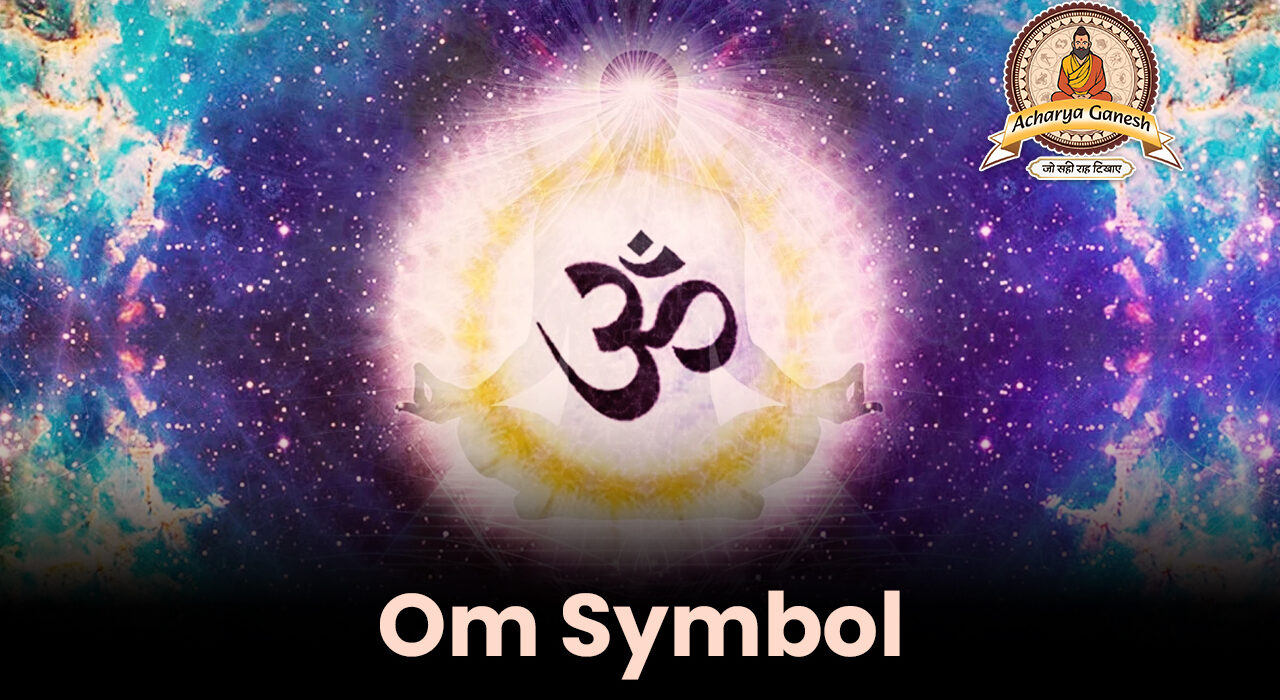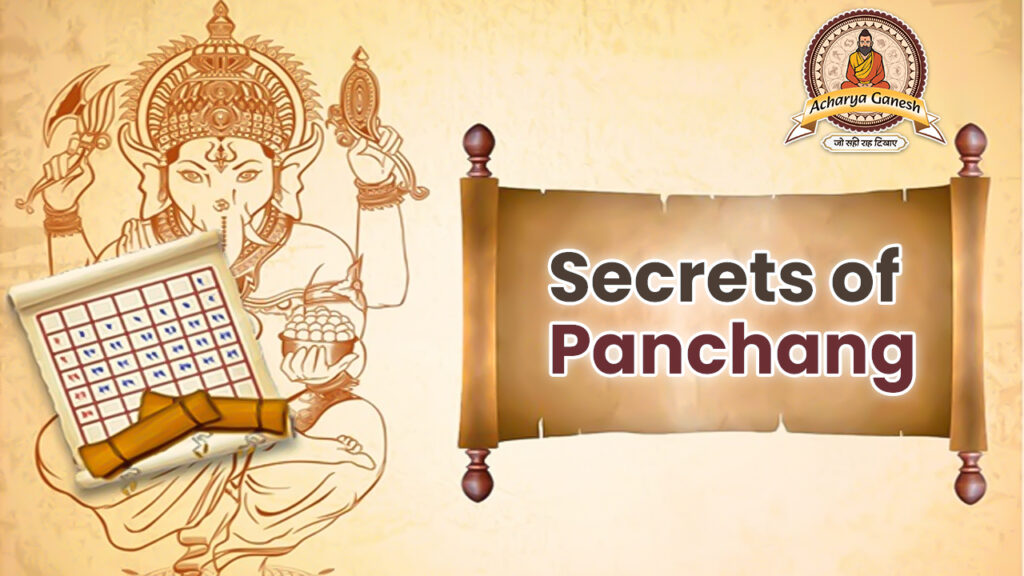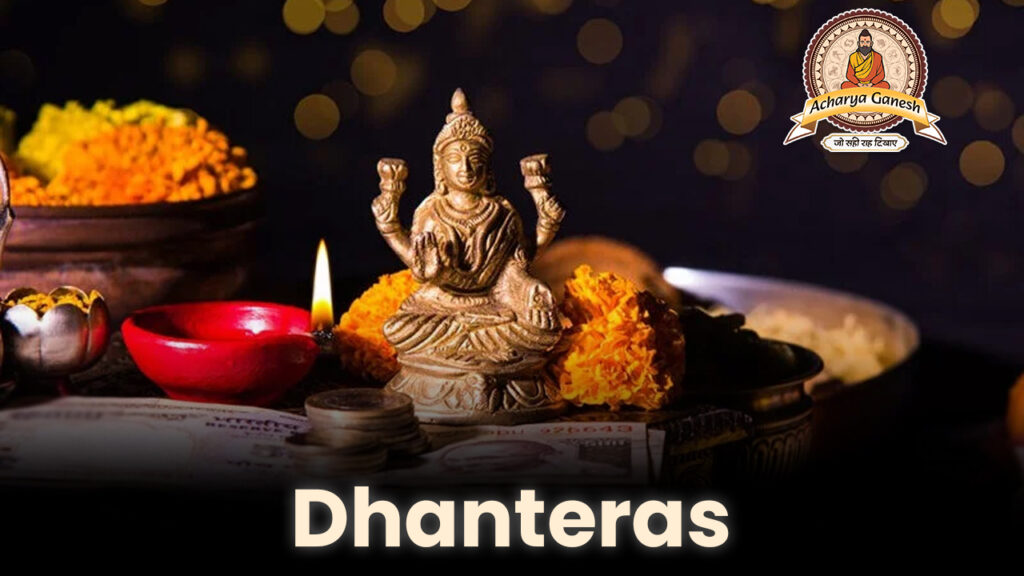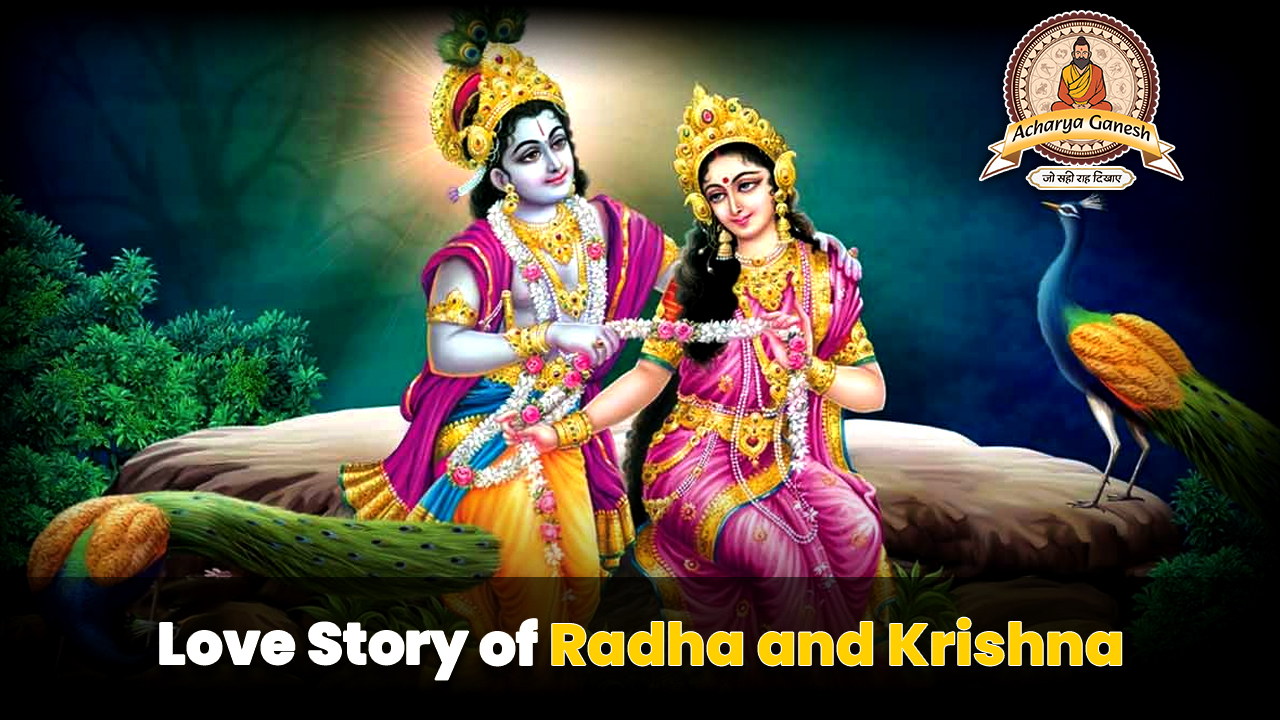The Om Symbol: Ancient Wisdom in Modern Times

Introduction to Om
The Om symbol, also written as “Aum,” is one of the most recognized spiritual icons in the world. This sacred sound and symbol have been revered for thousands of years, particularly in Indian religions and philosophies. From ancient texts to modern yoga studios, Om continues to hold a significant place in spiritual practices worldwide.
The Origins of Om
The concept of Om dates back to the Vedic period in ancient India, around 1500-500 BCE. It first appeared in the Upanishads, a collection of philosophical texts that form the theoretical basis for the Hindu religion. In these texts, Om is described as the primordial sound of the universe, the source of all creation.
Key points about Om’s origins:
- Mentioned in ancient Sanskrit texts
- Considered the sound of cosmic creation
- Represents the essence of the ultimate reality, consciousness, or Atman
Om in Different Traditions
While Om is primarily associated with Hinduism, it has found its way into other religions and spiritual practices as well.
- Hinduism: Om is considered the most sacred mantra, often chanted at the beginning and end of prayers, texts, and rituals.
- Buddhism: Known as “Om mani padme hum,” it’s a popular mantra in Tibetan Buddhism.
- Jainism: The symbol is used in Jain cosmology to represent the five levels of beings in the universe.
- Sikhism: While not as prominent, Om (Onkar) is used in Sikh scriptures and represents the one supreme reality.
The Om Symbol: Design and Meaning
The visual representation of Om is as rich in symbolism as the sound itself. The symbol consists of three curves, one semicircle, and a dot.
Each part of the Om symbol represents different states of consciousness:
- The large bottom curve: the waking state
- The middle curve: the dream state
- The upper curve: the state of deep sleep
- The semicircle: Maya, or illusion
- The dot: the absolute state of consciousness
Om Banna: A Modern Legend
While Om has ancient roots, it continues to inspire modern spiritual practices and even legends. One such fascinating story is that of Om Banna, also known as Bullet Baba, in Rajasthan, India.
The story of Om Banna:
- In 1988, Om Singh Rathore died in a motorcycle accident near Pali, Rajasthan.
- His motorcycle, a Royal Enfield Bullet, was taken to the local police station.
- Mysteriously, the motorcycle would disappear from the station and reappear at the accident site.
- This phenomenon led locals to believe that Om Banna’s spirit was protecting travelers.
- Today, a shrine dedicated to Om Banna and his motorcycle attracts thousands of visitors.
This modern legend showcases how the concept of Om continues to evolve and integrate into contemporary spiritual beliefs.
Chanting Om: Benefits and Techniques
Chanting Om is a common practice in meditation and yoga. Many practitioners believe it offers numerous benefits for mind, body, and spirit.
Potential benefits of chanting Om:
- Reduces stress and anxiety
- Improves concentration
- Enhances cardiovascular health
- Promotes better sleep
- Increases self-awareness
How to chant Om:
- Sit comfortably in a quiet place
- Close your eyes and take a few deep breaths
- Inhale deeply
- As you exhale, chant “Aaaaaa-Uuuuu-Mmmm”
- Feel the vibration in your body as you chant
- Repeat for several minutes
Incorporating Om into Daily Life
You don’t need to be a spiritual guru to bring the essence of Om into your daily routine. Here are some simple ways to incorporate Om:
- Morning meditation: Start your day with a short Om chanting session.
- Yoga practice: Use Om at the beginning and end of your yoga routine.
- Stress relief: Take a moment to chant Om when feeling overwhelmed.
- Bedtime ritual: End your day with a calming Om meditation.
- Home decor: Display the Om symbol in your living space or workspace.
Remember, the power of Om lies not just in the symbol or sound, but in the intention and awareness you bring to it.
FAQs About Om
- Q: Is Om associated with any particular religion?
A: While Om is most prominently associated with Hinduism, it’s also important in Buddhism, Jainism, and Sikhism. - Q: Can anyone chant Om?
A: Yes, Om can be chanted by anyone, regardless of religious beliefs or background. - Q: What does Om mean in English?
A: Om doesn’t have a direct English translation. It’s often described as the sound of the universe or the essence of ultimate reality. - Q: Is there a wrong way to chant Om?
A: There’s no “wrong” way, but traditional pronunciation is “Aum” with three distinct sounds. - Q: How long should I chant Om?
A: There’s no set duration. Start with a few minutes and increase as you feel comfortable. - Q: Can chanting Om have physical benefits?
A: Some studies suggest Om chanting can lower blood pressure and heart rate, promoting relaxation. - Q: What’s the connection between Om and the Om Banna legend?
A: While not directly related, both showcase the enduring spiritual significance of Om in Indian culture, from ancient philosophies to modern folklore.
In conclusion, whether you’re drawn to Om for its spiritual significance, its potential health benefits, or simply its aesthetic appeal, this ancient symbol continues to resonate with people around the world. From the depths of Vedic philosophy to the roadside shrine of Om Banna, Om remains a powerful symbol of unity, consciousness, and the mysteries of existence.









